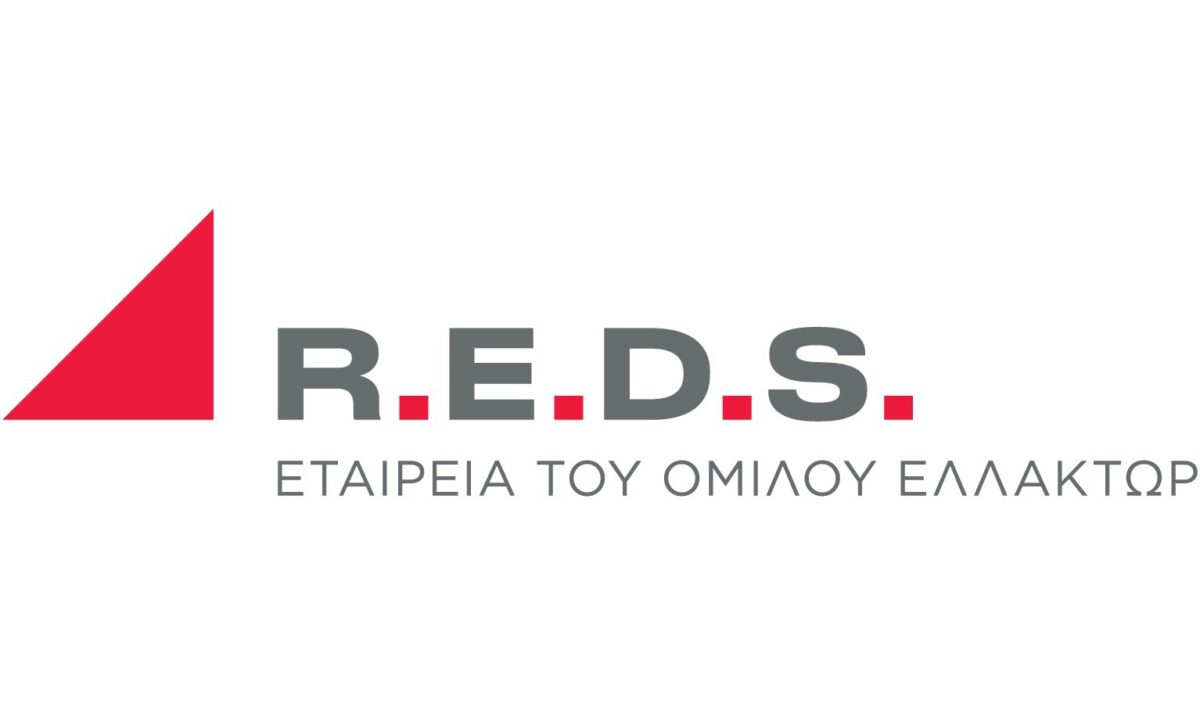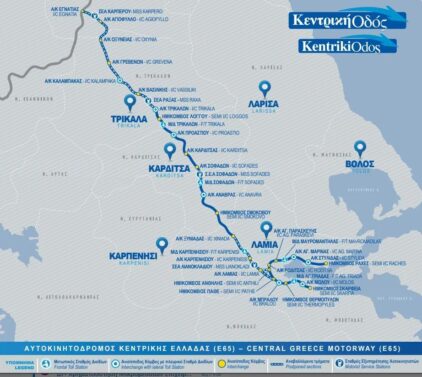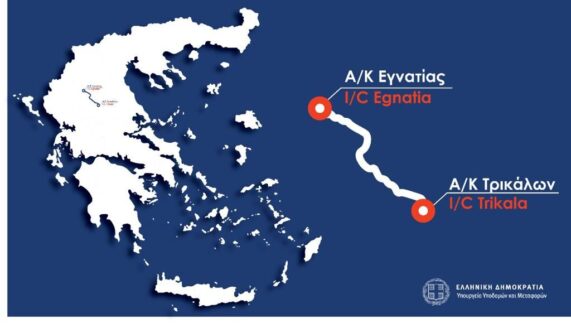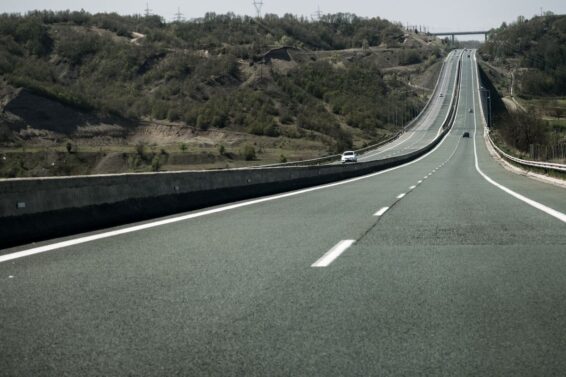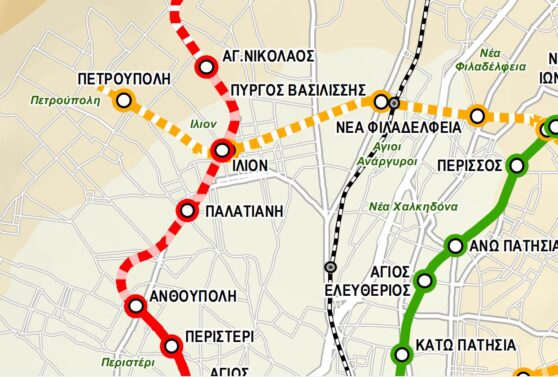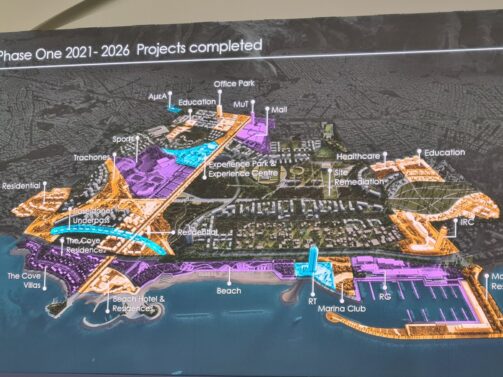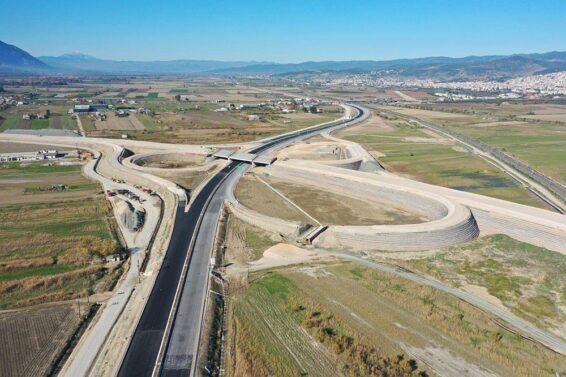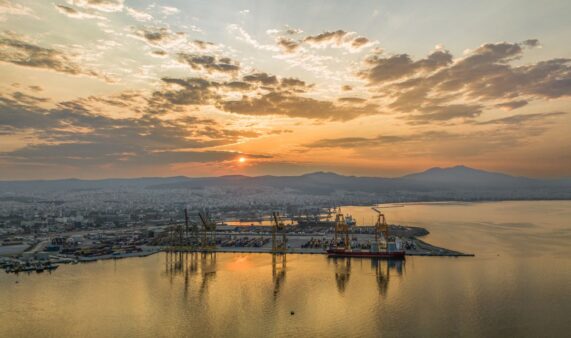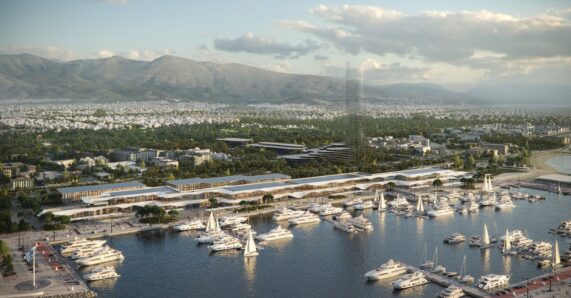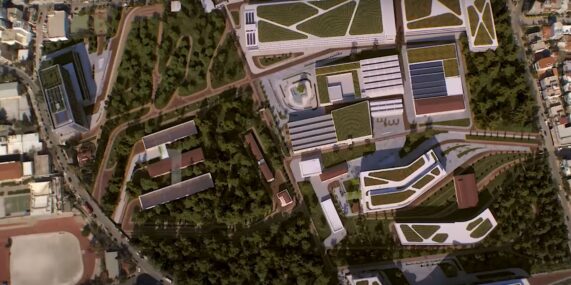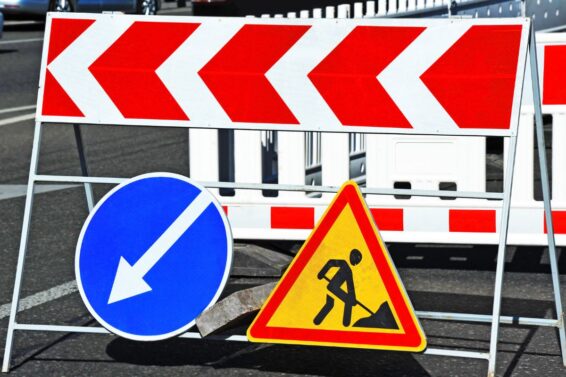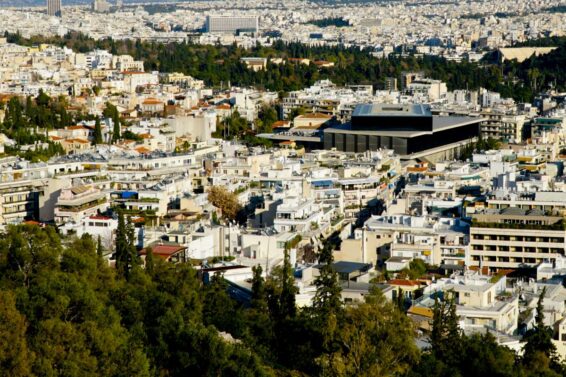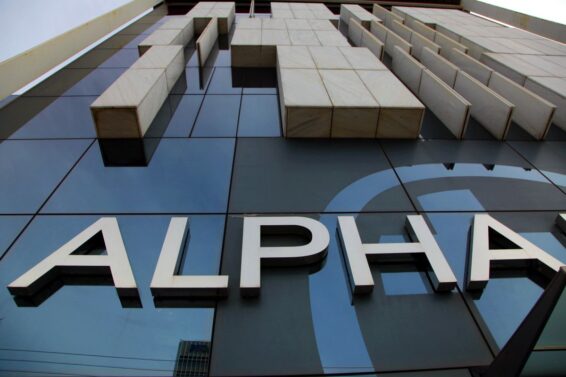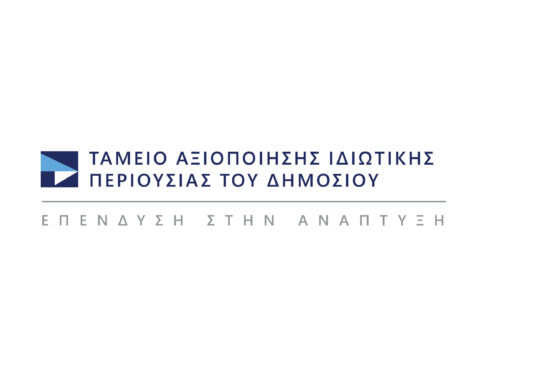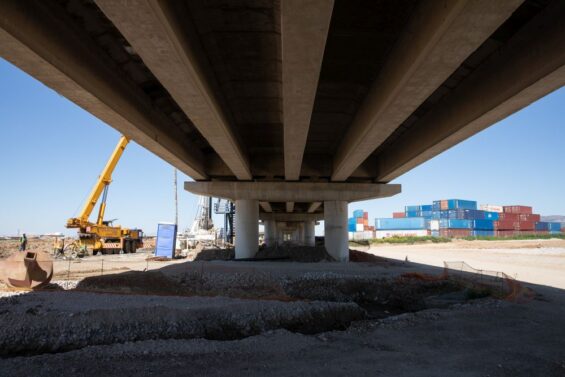A new policy emerges by the Ministry of Infrastructure and Transport in relation with the burning issue of the railway network’s maintenance.
According to secure information, the current situation of the network troubles considerably the administration of the Ministry.
Since the announcement of New Democracy’s program, even before it came to power, the maintenance of the railway infrastructure has been a very central issue on the table, absorbing funds as high as 50m euros per year, for the entirety of the operational network.
This amount could be spent through a long-term contract, ranging between 5 and 10 years, in order to attract specialized companies that could undertake network maintenance.
The aim is for the network to be in such a good condition that will be able to support the movement of high-speed trains, safely. Also, Athens-Thessaloniki itinerary could drop to just 3 hours, following the completion of the necessary signaling systems and security upgrades.
The “British model”
The model that seems to be preferred so far, is the British system with the so-called flying “banana trains” that will be scanning the network every 2-3 months.
They will be recording friction, damages as well as other potential flaws in the infrastructure. The restoration of the problematic sections will be then agreed and relevant works will be proceeding.
This model is considered a modern and cost efficient solution given that in the UK it is widely accepted due to the reduction of the expenditure for maintenance works by tens of millions of pounds yearly, while it maximizes security across the network.
Sources told ypodomes.com that what is most likely is the launch of an SLA Agreement, which based on the specifications set by the Contracting Authority (that is OSE), a level of services will be decided and a maintenance program, which will be executed as mentioned above.
The current situation
The current condition on the railway network is not the best, despite the -admittedly- remarkable effort being made.
Almost on a daily basis, TRAINOSE reports infrastructure and systems’ failures through press releases which issues to inform passengers.
Another point that also needs to be raised is the condition of the railway stations. The central stations of Athens, Thessaloniki, Piraeus and Larissa definitely need to be improved as they are mainly buildings that are in poor condition with common and sanitary areas with many problems and services that are reminiscent of past decades.
The new railway plans are under discussion and decisions are eagerly awaited, with the hope that will determine the future of a means of transport that appears to be regenerating in the recent years.
ΜΗΝ ΞΕΧΑΣΕΤΕ
- Ακολουθήστε το ypodomes.com στο Google News και μάθετε πρώτοι όλες τις ειδήσεις για τις υποδομές στην Ελλάδα
- Αν είστε επαγγελματίας του κλάδου, ακολουθήστε μας στο LinkedIn
- Εγγραφείτε στο Ypodomes Web TV



